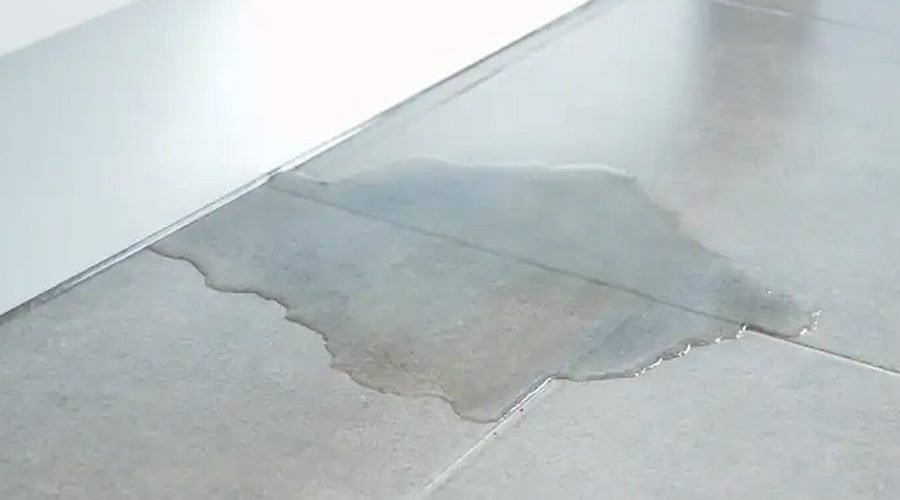As a homeowner, you may experience water damage at some point in your home ownership journey. Although common, it shouldn’t be frequent as this implies possible severe problems. Water damage in a home affects walls and ceilings, but with an efficient and effective water damage restoration in Seattle, you can control the problem.
Water damage causes problems like the growth of mold, fungi, wood rot, and structural weakness. Immediate action will help you avoid further damage and health issues. You need to know what to look for when you suspect water damage to ensure the problem doesn’t escalate and become too costly in repairs.
Table of Contents
Causes of Water Damage
The causes of water damage are diverse, including pipe bursts, flooding from heavy rains, and leaking sinks or tubs. A small water leak may seem like nothing, but it can significantly affect your structure and electrical system with time.
Excess moisture is another cause of water damage, and it can happen when there are high and low extremes, common during activities like cooking. Sometimes, faulty appliances like a dishwasher can also leave excess moisture on the walls of your home, leading to mold build-up.
Signs of Water Damage on Walls and Ceilings
Once in a while, you should inspect your house to see if everything looks as it should. With keen observation, you’ll not miss the signs of water damage in your wall or ceiling. Depending on the kind of water damage you’re dealing with, it’s crucial to know what to look for.
Here are the signs of water damage on walls and ceilings.
- Peeling, flaking, or bubbly paint
- Warped walls
- Mold growth
- Stains on the walls or ceiling
- Wet sections on the walls or ceilings
- Condensation on windows
- Musty odors from growing mold
- Water seeping or dripping
- A sudden upsurge in your water bill.
What Happens When Water Seeps into Your Walls?
Although water is necessary when running a household, it can damage if it leaks into the wrong places, like walls or ceilings. Here is what happens to your property when there is water damage:
Mold and Fungal Growth
Mold and fungi flourish in damp areas, and the space behind walls is perfect. You can avoid mold and fungi by preventing leaks and excessive moisture in the walls. Some health problems associated with mold and fungi are sneezing, coughing, and congestion of the breathing system. People with weak immune systems have more problems, while others are lucky to walk free. You may smell an unpleasant musty odor in a mold-infested space; disinfecting walls can help reduce the smell.
Stained Walls
There will be spots if water seeps into the wall or ceiling. Drywall absorbs water easily as it’s porous; the stains are more apparent with continued exposure. With time the wall will bulge. Slow leaks into the wall might be hard to notice, meaning there could be more damage than meets the eye when the signs become visible.
Damage to the Wall
A stained wall is a significant sign of water damage. If the leak is not addressed, water can cause severe damage to the walls, requiring expensive repairs. Sheetrock and drywall are porous and hence more prone to absorbing water; water damage causes them to break. If seeping continues for prolonged periods, the structural integrity is compromised, which is dangerous.
The House Depreciates in Value
Homes that have been affected by water damage tend to sell cheaply. Although the owner can claim the damage is under control, there’s a risk of the problems recurring. One way to prevent reducing the value of your home is by frequently maintaining and inspecting walls for leaks and signs of structural damage. If leaking exists, call a professional to address the problem immediately to retain value and safety for the household.
How to Dry Damp Walls
After discovering a leak in the walls or ceilings, it’s prudent to address the issue immediately to avoid water damage. Call a professional to help resolve the issue by ensuring all walls are dry and offer any necessary repairs.
Here is a list of DIY tips to repair water damage;
- Once the water leak is under control, remove paintings and wall hanging
- Remove moldings, wallpaper, and baseboards.
- Leave all windows and doors open for aeration and drying.
- Use fans to spread air on damp walls, and if you have dehumidifiers, they can help remove the moisture.
Once you spot the signs of a water leak, find out the source, and if you cannot resolve it, call professionals to help. Frequent checks of your walls can help prevent water damage. You can hire a professional to do the inspection and fix any issues.





